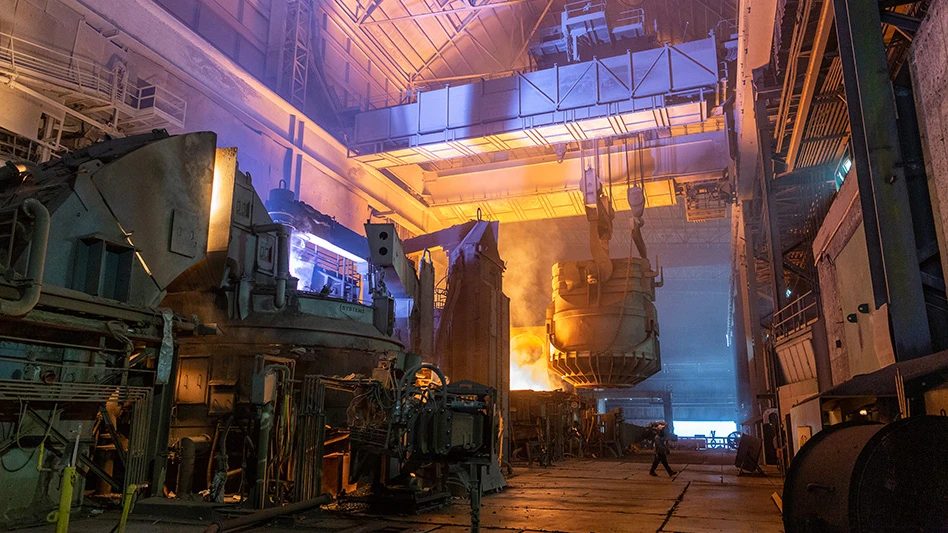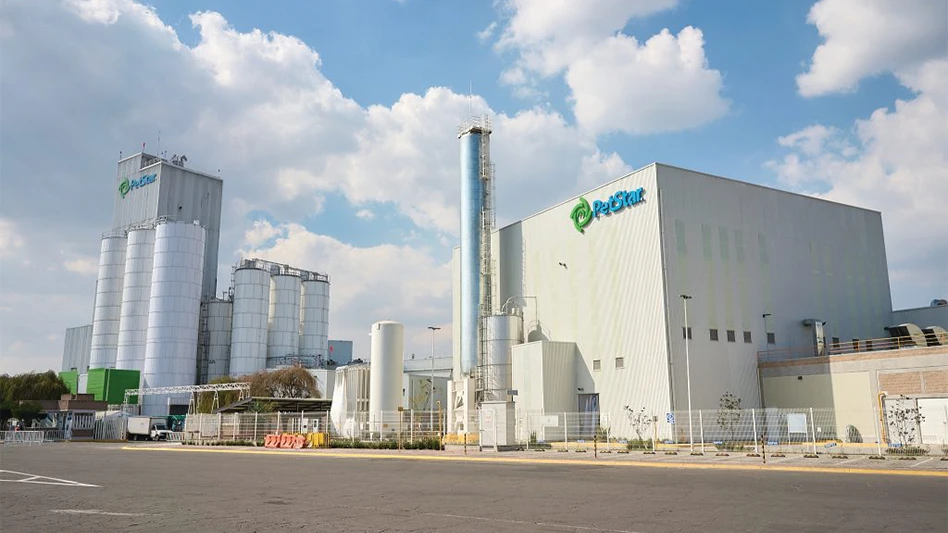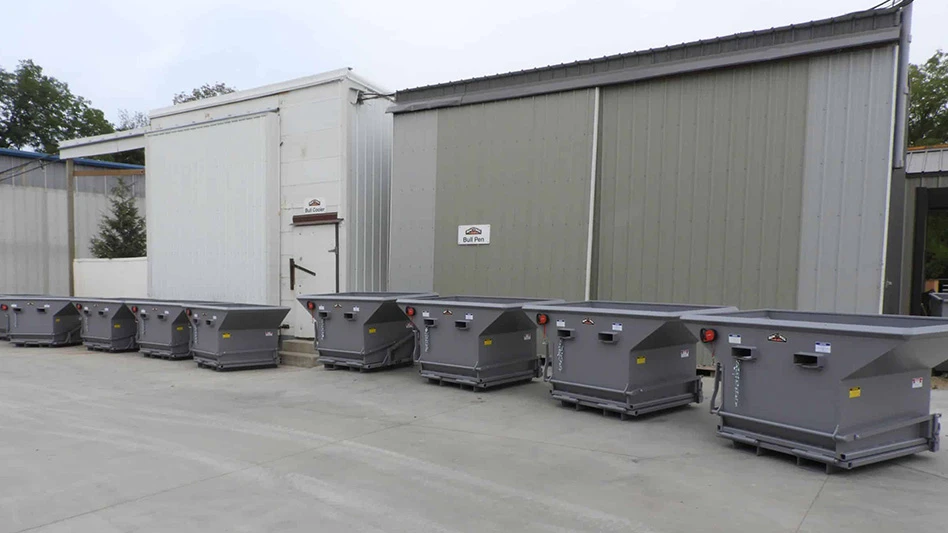 Sorting and separating recyclables has always been and remains at the very heart of what allows the secondary commodities industry to grow and prosper.
Sorting and separating recyclables has always been and remains at the very heart of what allows the secondary commodities industry to grow and prosper.
The techniques employed to separate, sort, clean and purify are too numerous to mention in one brief essay. Even sorted into broad categories, the list is fairly lengthy: hand sorting, magnets, screens to separate by size, using density and gravity, smelting and refining, de-inking, using filters at the paper mill and the use of X-rays and optical systems.
In North America and other parts of the world where post-consumer recyclables make up a healthy percentage of the scrap stream, the recycling industry’s money is flowing into automated analyzing, sorting and separating systems. (The term post-consumer is used here not to mean simply newspapers, bottles and cans, but also automobiles, white goods and electronic scrap.)
Using the metals industry as the example, this trend has caused major changes in how some scrap yards look now compared to what a visitor may have seen 20 years ago.
The percentage of large-volume yards operating a shredder has grown. And those shredder operators are not satisfied with iron and steel recovery only. Capital investments at shredder yards are focused on downstream systems that yield a cleaner stream of products than was thought possible just a few years earlier.
The 2007 ISRI (Institute of Scrap Recycling Industries Inc.) Convention & Exhibition featured many exhibitors, but few were busier than those offering automated metals analyzing and separating equipment.
The commitment to automation is strong enough that recyclers seem willing to believe it can accomplish often-conflicting goals:
•
Handling larger volumes of material;•
Accepting more mixed-material and complex streams;•
Producing cleaner, higher-value commodities; and•
Capping the number of employees involved in production tasks.Increasingly, recyclers are willing to put everything into the shredder or onto a sorting line and let the machinery sort it out.
CORRECTION: The article "Sound Strategies" in the April 2007 issue of Recycling Today included a chart of acquisitions that incorrectly listed OmniSource Corp. as having acquired Mercer Co. and Columbia Iron & Metal. Although a letter of intent was signed in February of 2005 for these acquisitions, the transactions were never completed. Recycling Today regrets the error.

Explore the June 2007 Issue
Check out more from this issue and find your next story to read.
Latest from Recycling Today
- Autocar releases Smart Battery Cable to advance refuse truck fire safety
- PLASTICS launches Positives of Plastics website
- Impact Air Systems launches compact ZAC400
- PCA to shut down paper machines at Washington containerboard mill
- BMRA provides landfill guidance for UK shredder operators
- Fornnax high-capacity tire recycling plant
- EU introduces measures to secure raw materials, strengthen economic security
- US Steel to restart Illinois blast furnace





